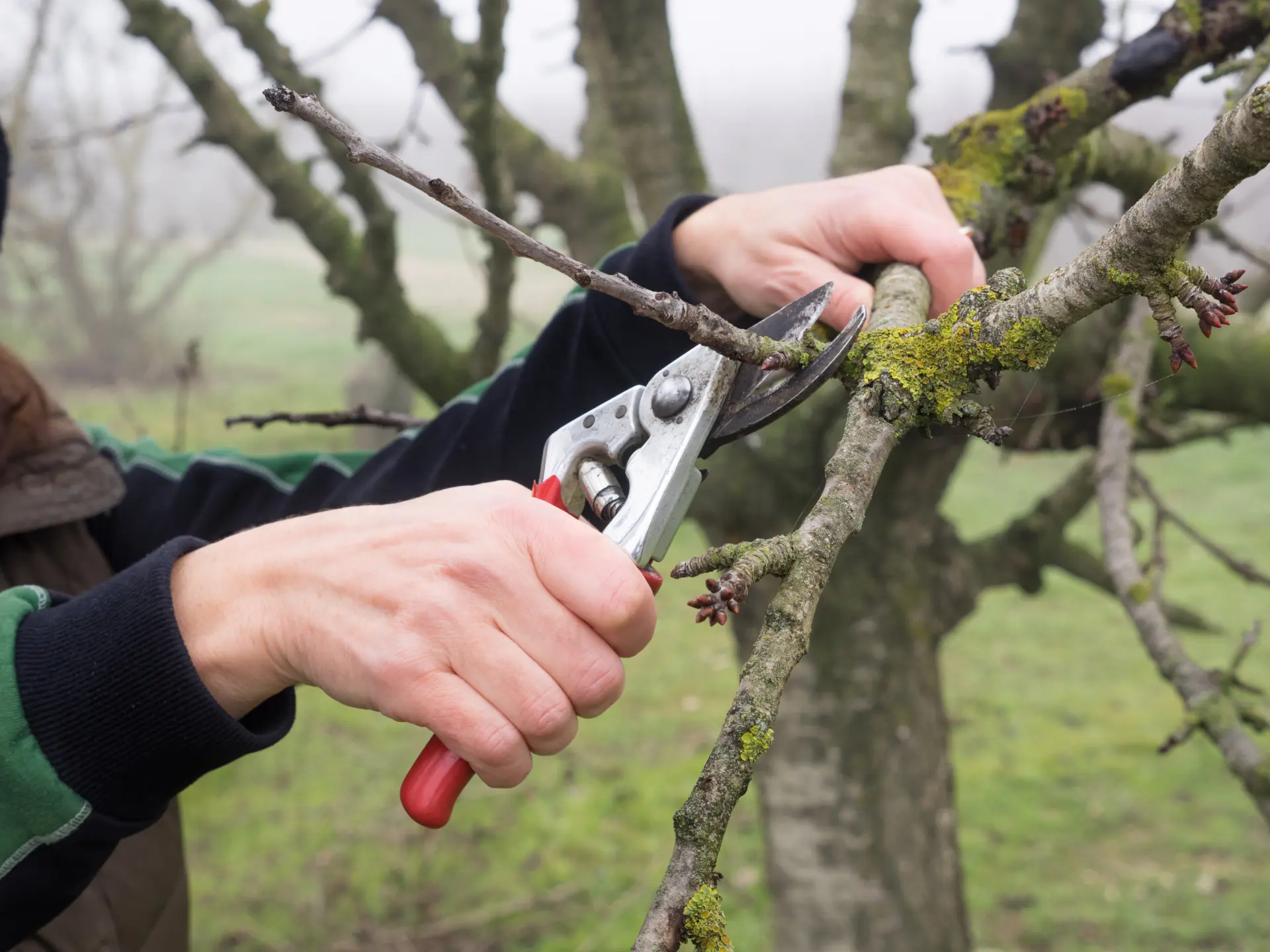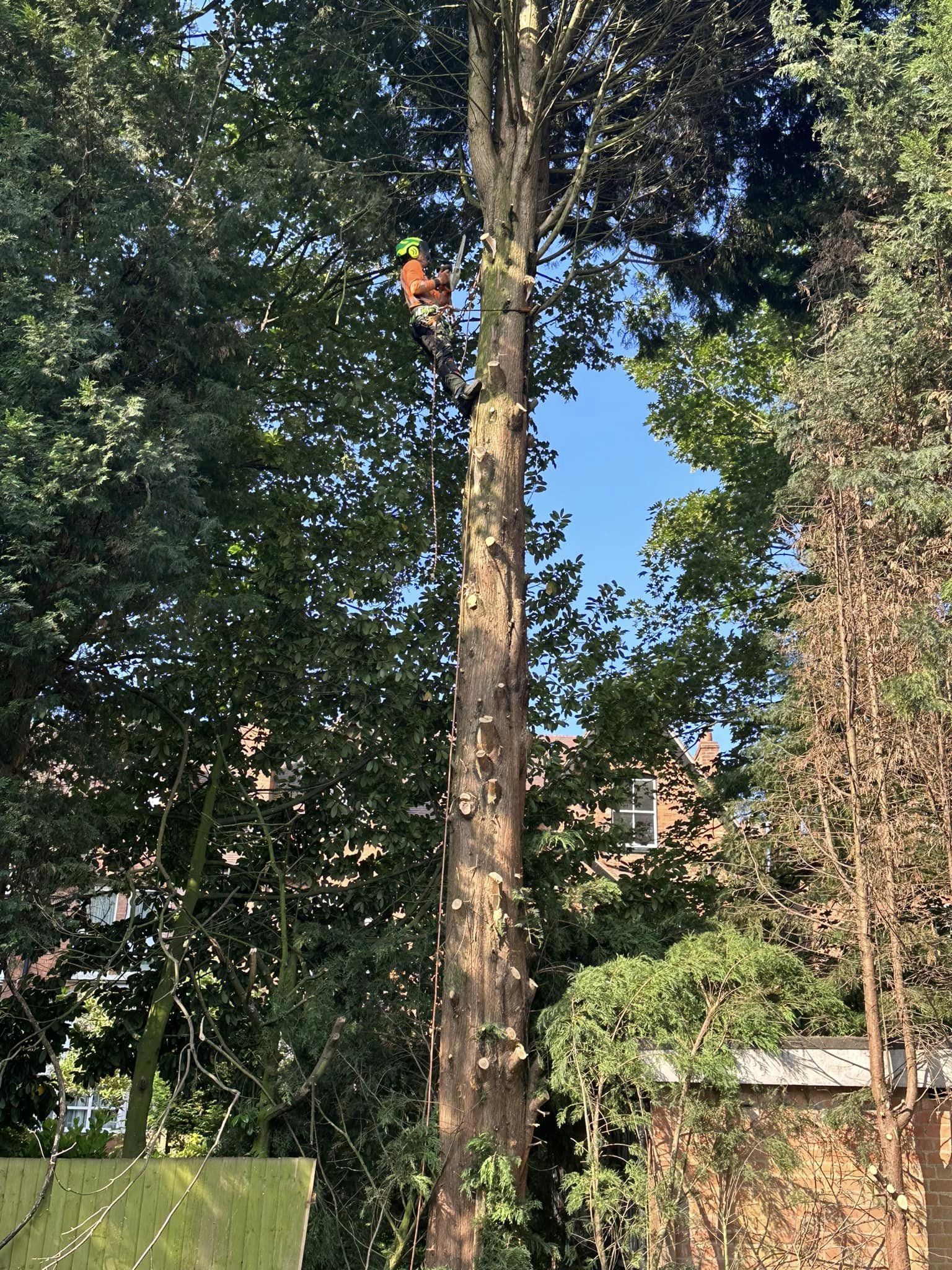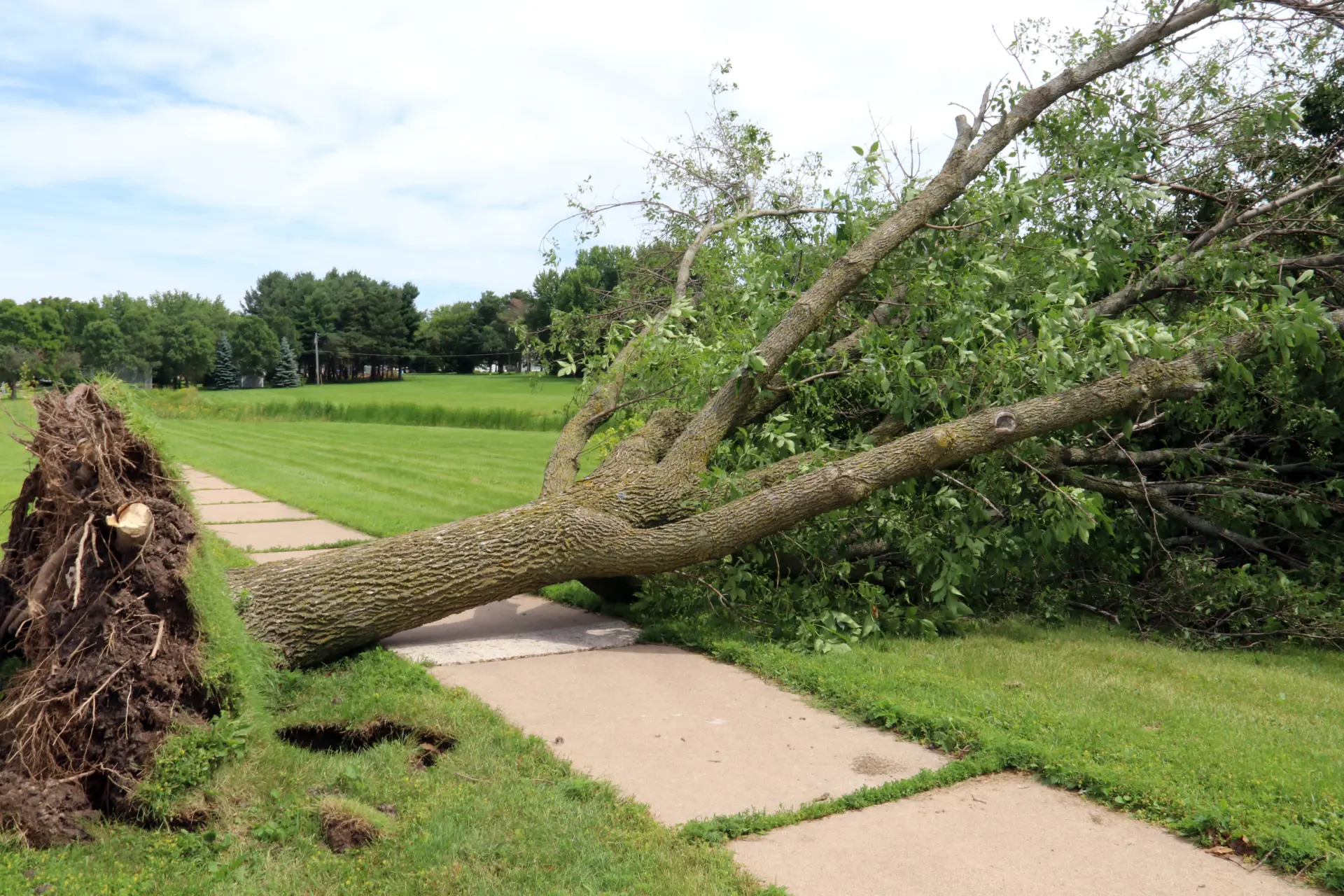Find out what the best time of the year is for tree surgery in the UK. Our expert tips can help you choose the right season for pruning to boost your tree’s vitality and safety.
Different Trees, Different Needs
Late autumn to early spring is considered the ideal time period for tree surgery. During this time, deciduous trees are dormant, meaning their biological processes slow down. Additionally, there’s less sap flow, which reduces the risk of the tree becoming diseased.
Pruning also becomes easier during this time period since the leaves have already fallen and any wildlife disturbances are minimised - which is especially important since bird nesting season (March to August) is protected by law.
Conifers should be trimmed during late spring to early summer, once any new growth has emerged. Fast-growing species like poplars and willows need to be pruned more frequently during the winter, and maple and birch trees need to be pruned during summer to reduce sap bleeding.
Choosing the right time for tree surgery can enhance the tree's health and structure, and also help support local biodiversity. Tailoring your tree maintenance plan to your specific tree species ensures your tree lasts longer and reduces the risk of it becoming diseased or disrupting the local environment.
Tree Surgery in Spring
Spring is often considered one of the best times of the year for tree surgery, particularly for light pruning, shaping, and general maintenance. As trees start to wake up and begin a new growth cycle, they are more resilient and can recover faster from cuts and wounds.
The warmer temperatures and increase in daylight also help the tree heal and make the sap flow active enough to support the tree's regrowth.
One of the main advantages of having tree surgery during spring is the improved visibility of a tree’s structure as buds emerge. The increase in light allows arborists to assess which branches are healthy, weak or damaged better, and how the tree's overall structure can be enhanced. Additionally, pruning during spring can help shape the canopy before it becomes too dense, which is essential for preventing diseases.
Certain species of trees benefit from pruning during spring. Evergreens such as yew and holly respond well to shaping and light pruning during this period, as it helps them maintain their compact form without putting stress on the plant. Flowering trees, such as cherry and magnolia, can be pruned after their blossoms fade in order to maintain their shape and encourage stronger flowering.
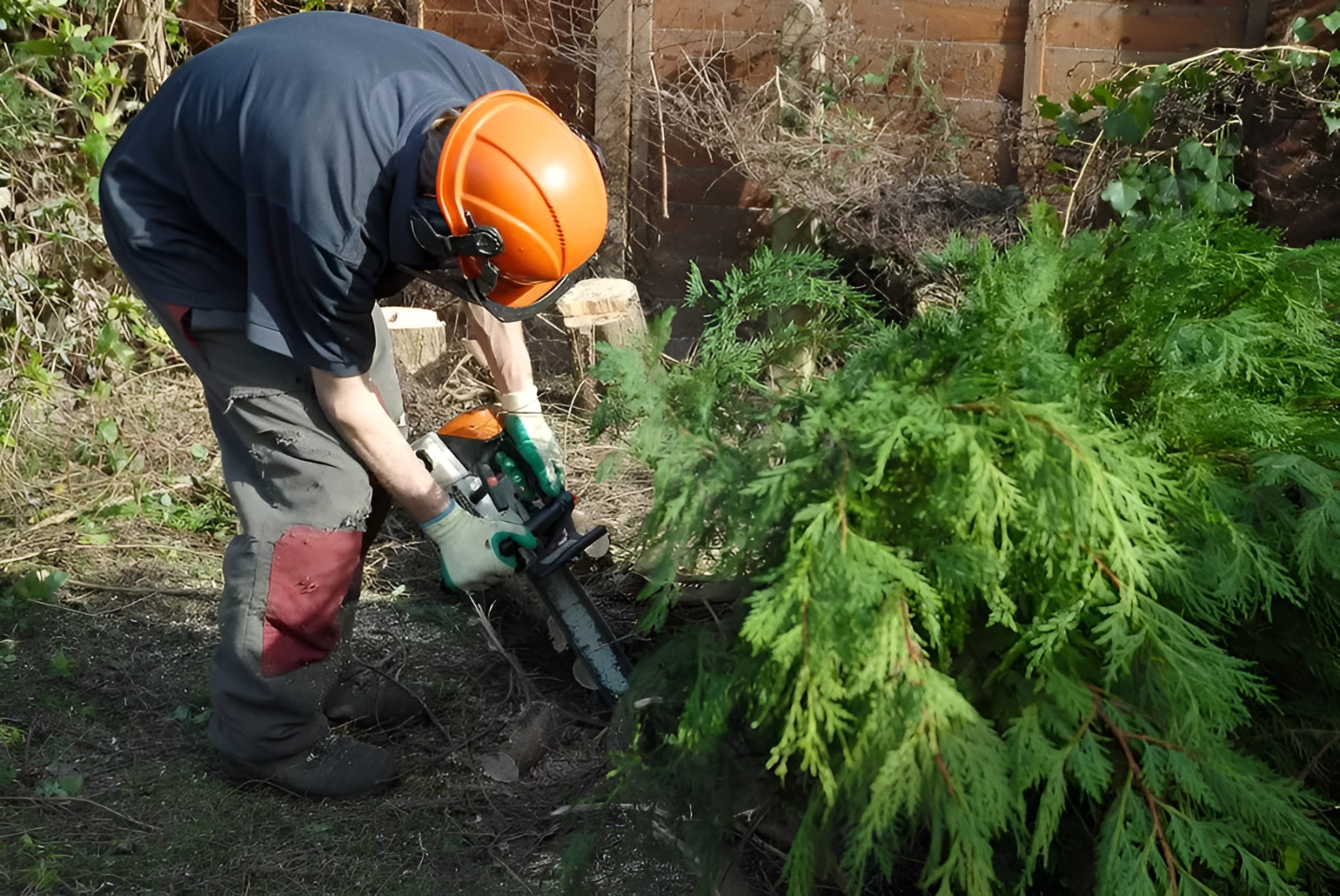
Maples and birches should typically be pruned during late spring when the sap flow has stabilised. This is because they can bleed heavily if they're pruned too early in the year.
Willows can also benefit from being pruned in spring, since their rapid growth can be controlled early on in the year.
However, it’s important for some trees to not be heavily pruned during early spring, as it can interfere with any flowering or nesting wildlife.
Overall, spring provides the ideal balance between growth, recovery, and canopy visibility, making it an optimal time for maintaining your tree's health in a sustainable and efficient way.
Tree Surgery in Autumn
Autumn is widely regarded as an excellent time for tree surgery since it's the transition period from the active growing season into dormancy.
With the growing season slowing down, trees no longer need to spend their energy on new growth, allowing them to focus on healing and developing their root system, making autumn particularly suitable for structural pruning, crown thinning, and dead or hazardous branch removal.
Apple and pear trees can be pruned during autumn to help maintain their shape and encourage healthy fruit production the following year. Hazel and hornbeam trees respond well to thinning and shaping in autumn since it allows them to develop stronger frameworks before winter. Poplars and willows also benefit from pruning and inspections during autumn since it helps homeowners manage their size and avoid property damage.
However, cutting, thinning or pruning walnut, birch, and maple trees in autumn should be avoided since it can put stress on the tree and increase its vulnerability to pests and diseases. Cherry and magnolia trees should also be left alone until after they've flowered in spring to preserve the next season’s blooms. It’s also important to avoid pruning too late into autumn, as open wounds might not have enough time to heal before winter sets in.
Weather and Safety Considerations
Adverse weather like strong winds, heavy rain, and icy conditions can make tree surgery hazardous. Wet or frozen ground can also become unstable, which poses a risk to any machinery, workers, and the surrounding landscape.
For this reason, tree surgery during winter is often scheduled during dry, frost-free periods to ensure arborists have safe working conditions.
In autumn and winter, arborists can assess branch structures better and spot potential issues such as crossing limbs, diseases, or deadwood early on. However, a reduction in daylight or unpredictable weather during these seasons can limit their working hours and cause delays with your tree maintenance.
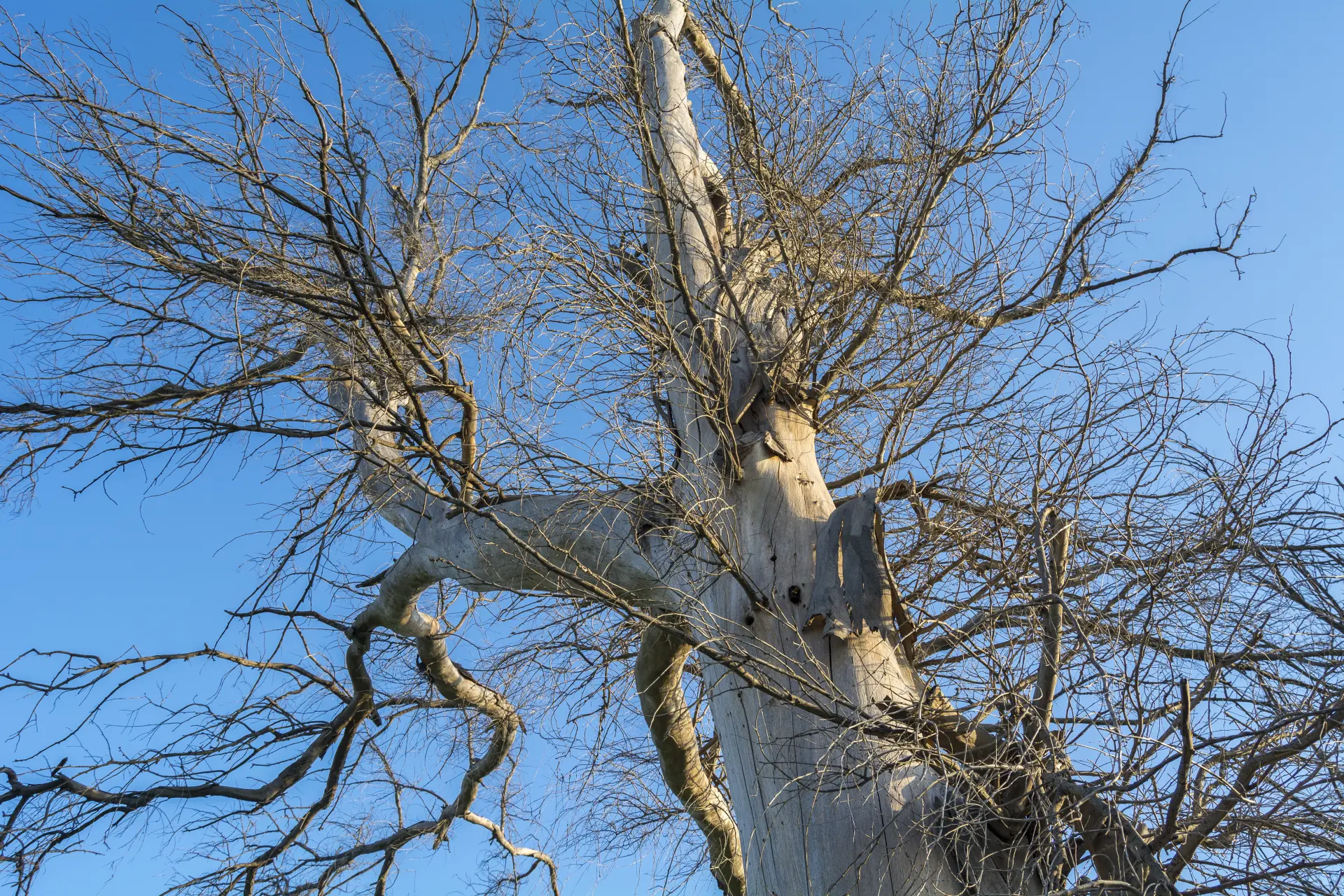
On the other hand, spring and summer have longer days and milder weather, allowing workers to have more flexibility with their scheduling. However, trees are often growing and nesting birds or other wildlife during this time, making access and visibility more challenging.
Ultimately, the best time for tree surgery depends on the tree's biological timing and environmental safety. Hiring professional arborists ensures your tree surgery is carried out at the safest and most suitable times, minimising the risk of accidents and promoting the tree's long-term health.
We provide expert tree surgery services, including pruning, felling, and maintenance, across Solihull and the surrounding areas. We tailor our services to each tree’s seasonal and species-specific needs. Our skilled arborists deliver safe, efficient services all year round and prioritise your tree's health and safety.

